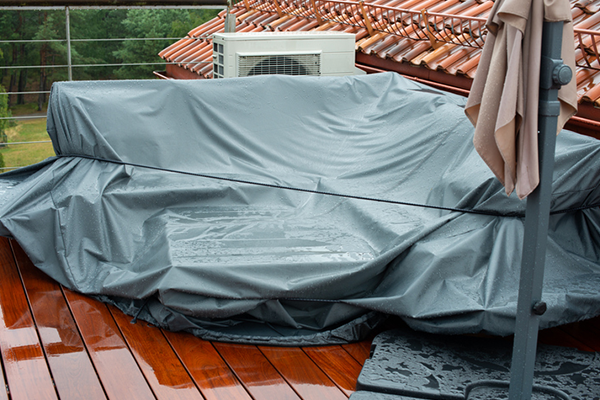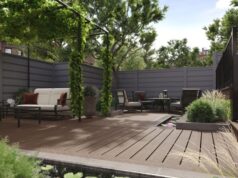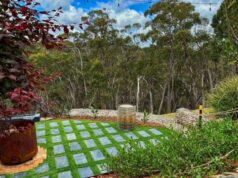
The temperature is quickly dropping as Australia transforms to winter and home owners are looking to cover furniture and shield it from harsher weather conditions.
“Often, people put covers over their outdoor dining sets through winter thinking it’ll keep everything pristine for spring. But when the furniture hasn’t been aired out, especially after rain, you’re creating a moist, enclosed space where mould thrives,” Woodbury Furniture interior designer Chris Catarino says.
“In some cases, the mould damage can cost hundreds to fix or even the need to entirely replace furniture. A little prevention now can save a lot of regret later.”
Chris shares his tips on how to avoid mould damage this winter.
Don’t assume a cover is always the answer
It’s a common misconception that outdoor furniture should be covered up and not enjoyed over winter. If the furniture is made from materials like teak, powder-coated aluminium, synthetic wicker or sintered stone, it’s built to withstand the elements. Covering it without proper care can actually do more damage by trapping moisture and encouraging mould.
Treat it, don’t trap it
If the furniture is made from a material that can withstand the outdoors, there’s no requirement to cover it. Instead, use Teak Protector and Teak Shield on outdoor timber furniture which are both designed to help timber resist weathering.
If you must cover, this is the right way to do it
For materials that are more prone to damage such as Acacia, pine and bamboo, use a simple sugar soap solution to remove any existing grime and mould spores and ensure the furniture is completely dry all before covering and storing. Once covered, regularly remove or lift the cover to let any moisture escapes, especially after heavy rain.
Store your cushions inside
Bring the cushions inside if it’s raining go the longevity of the cushions aren’t compromised so the structure and comfort is secure. Store them in a cool dry area that is completely concealed. Areas like the garage aren’t entirely concealed and can be susceptible to mildew.
“Lounge cushions should be stored away when not in use for longevity. While many outdoor cushions are made with excellent materials that are weather resistant, to ensure you don’t need to replace your cushions after a couple of seasons of use, bring them inside if they are not undercover. This will also ensure that they are not wet to sit on when you do want to use them,” Chris says.




